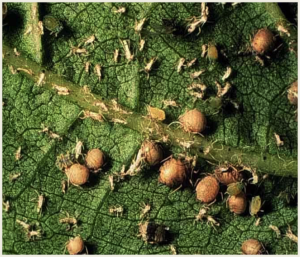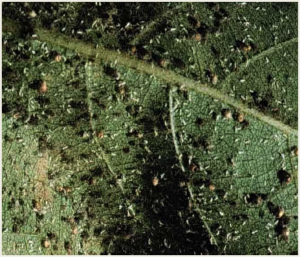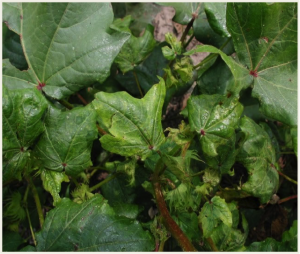Managing Cotton Aphids
go.ncsu.edu/readext?365682
en Español / em Português
El inglés es el idioma de control de esta página. En la medida en que haya algún conflicto entre la traducción al inglés y la traducción, el inglés prevalece.
Al hacer clic en el enlace de traducción se activa un servicio de traducción gratuito para convertir la página al español. Al igual que con cualquier traducción por Internet, la conversión no es sensible al contexto y puede que no traduzca el texto en su significado original. NC State Extension no garantiza la exactitud del texto traducido. Por favor, tenga en cuenta que algunas aplicaciones y/o servicios pueden no funcionar como se espera cuando se traducen.
Português
Inglês é o idioma de controle desta página. Na medida que haja algum conflito entre o texto original em Inglês e a tradução, o Inglês prevalece.
Ao clicar no link de tradução, um serviço gratuito de tradução será ativado para converter a página para o Português. Como em qualquer tradução pela internet, a conversão não é sensivel ao contexto e pode não ocorrer a tradução para o significado orginal. O serviço de Extensão da Carolina do Norte (NC State Extension) não garante a exatidão do texto traduzido. Por favor, observe que algumas funções ou serviços podem não funcionar como esperado após a tradução.
English
English is the controlling language of this page. To the extent there is any conflict between the English text and the translation, English controls.
Clicking on the translation link activates a free translation service to convert the page to Spanish. As with any Internet translation, the conversion is not context-sensitive and may not translate the text to its original meaning. NC State Extension does not guarantee the accuracy of the translated text. Please note that some applications and/or services may not function as expected when translated.
Collapse ▲Cotton aphids have been more prevalent than normal this year in NC. Treatment is only recommended if the following conditions are met:
- Infestation levels are “relatively high”
- Plants do not have adequate moisture
- Mummifying parasites are not present
- Fungal pathogens are not present
Sometimes the use of broad spectrum insecticides can flare aphid populations by killing beneficial insects that control them (ladybird beetles and parasites, for example).
The active ingredients (neonicotinoids) in the chemicals Admire Pro, Centric and Belay have been shown to be resistant in Midsouth aphids. We shipped suspected neonicotinoid-resistant North Carolina aphids to Jeff Gore at MS State in 2012. The population we sent was 7x resistant to imidacloprid than a susceptible control colony. Spray failures can be a result of neonicotinoid resistance here in NC. However, it is important to take other factors into account. It’s hard to kill aphids with anything if you spray before a hard rain, don’t get adequate coverage, etc. Transform is an example of an effective non-neonicotinoid option to manage aphids.





